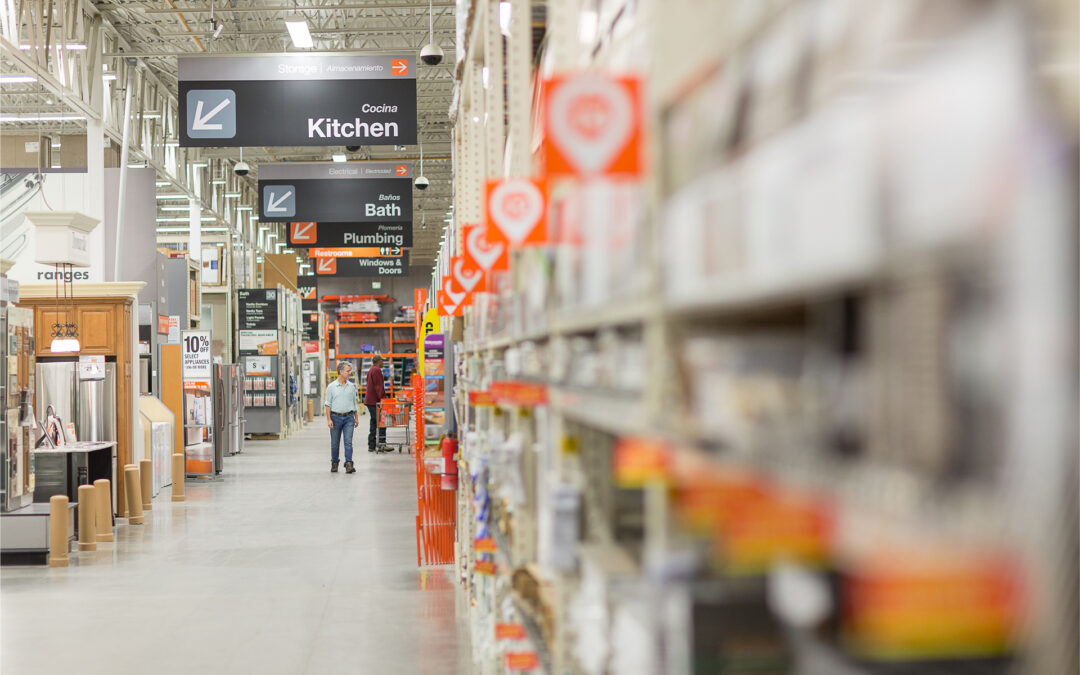A report released by the National Retail Federation and Appriss Retail indicates that consumers will return about $816 billion worth of retail merchandise purchased in 2022, but added that the average rate of return has remained just about flat at 16.5% versus 16.6% in 2021.
In the survey that forms the basis for the report, online return rates were consistent with the overall rate of return last year when they decreased from 20.8% in 2021 to 16.5% in 2022, NRF noted.
Of the more than $3.66 trillion expected in-store sales in 2022, $603 billion will be returned, according to NRF. Of the $1.29 trillion of total U.S. online retail sales, $212 will circle back to retailers. The average retailer incurs $165 million in merchandise returns for every $1 billion in sales made.
As for holiday sales, retailers will see 17.9% of merchandise returned, equating to nearly $171 billion, the survey determined. Because of the increased sales volume during the holidays, 44% of survey respondents indicated they planned to hire more staff to handle returns. Of those, 71% maintained that they intend to add staff specifically for stores.
Of the $603 billion in in-store sales returns, NRF expects $62.1 billion, or 10.3%, to be fraudulent, the organization asserted. Of the $212 billion of returned online purchases, $22.8 billion, or 10.7%, will turn out to be fraudulent, NRF asserted. Half of survey respondents cited returns of used, non-defective merchandise, also known as wardrobing, as an issue, and 41.4% cited the return of shoplifted or stolen merchandise. Then, 20% attributed return fraud to organized retail crime.
NRF vp of research development and industry analysis Mark Mathews, observed, “Even with 29 continuous months of retail sales growth, consumers have remained steady with the overall rate of merchandise returned to retailers this year,” said Mark Mathews, NRF’s vice president of research development and industry analysis. “While oftentimes returns represent a lost sale for a retail establishment, returns can also provide recourse through positive customer engagement and, potentially, another purchase.”
Steve Prebble, CEO of Appriss Retail, pointed out, “The holidays typically include a spike in retail activity, but higher return rates can also impact profitability. Retailers must look for ways to individualize the returns process through data-driven insights. This will minimize the risk of accepting fraudulent returns while enhancing the customer experience for loyal shoppers.”





